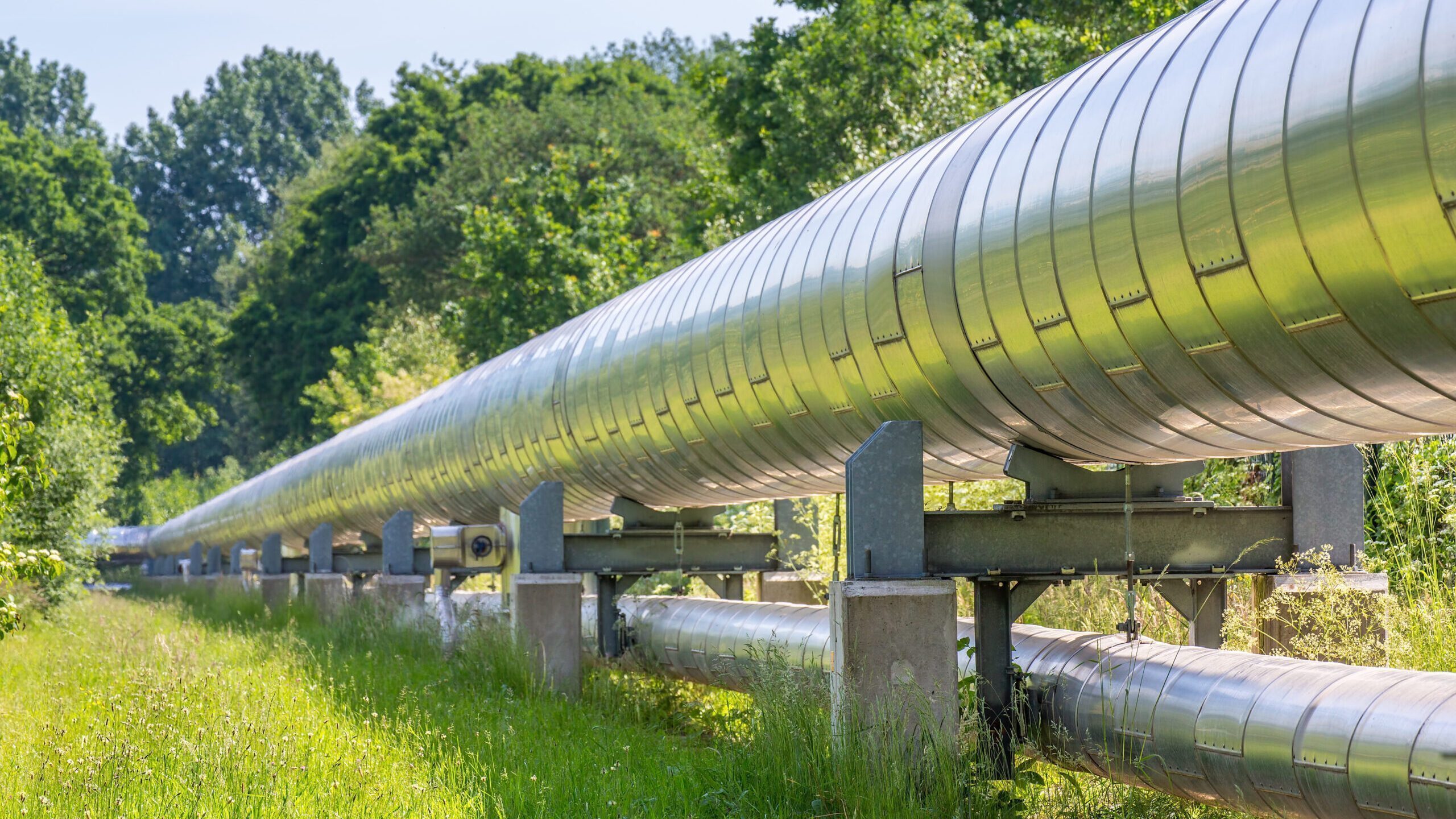
In some sectors, such as the lime and cement industries, technically unavoidable CO2 emissions will occur in manufacturing products, even with the full use of renewable energies. But for the goal of climate neutrality, these remaining emissions must also be avoided or offset. This requires a CO2 infrastructure that will connect CO2 sources with sinks in the future.
However, the legal and political framework conditions would first have to be created to develop such an infrastructure. In the policy brief “CO2 infrastructures are important for a climate-neutral Germany”, Tobias Sprenger, Research Consultant at the Institute of Energy Economics (EWI) at the University of Cologne, describes the status quo of CO2 infrastructures in Germany. He also identifies fields of action that represent important prerequisites for ramping-up CO2 infrastructures.
CO2 sources are, for example, processes with technically unavoidable emissions, such as in the lime or cement industry. One possibility for this is the capture of CO2 in the manufacturing process, so-called carbon capture. Capture also works directly via the air (DACC) or in the energy use of biogenic energy sources (BECC).
After capturing, the CO2 can be either used in chemical processes or stored geologically (CO2 sink). Legally, CO2 storage is currently only possible abroad, for example, in Norway. Projects already exist to import CO2 and store it geologically – mostly at sea. “Regardless of whether the CO2 is used further or stored, the CO2 must be transported – a CO2 infrastructure is needed for this,” says Sprenger.
Carbon capture is taken into account in several current studies on climate neutrality (“Big 5”) – also in the dena pilot study “Towards Climate Neutrality”, in which the EWI was involved as the main scientific expert. Areas of application and scales differ between the various analyses, but the central scenarios of these studies achieve climate neutrality only with carbon capture concepts.
For Germany, initial approaches can be found in various projects and announcements, but concrete legal and political framework conditions are currently lacking. “For Germany, the next steps are to develop strategies, further advance projects on a national and European level and to create the framework for developing a CO2 infrastructure,” says Sprenger.